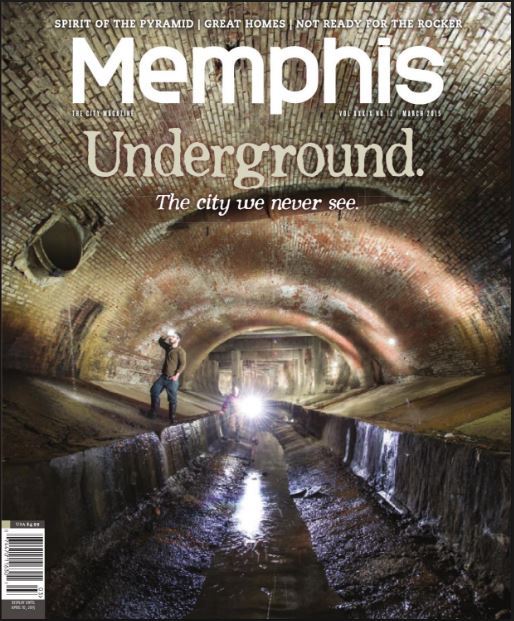HISTORY
Historically, the City of Memphis was located in the middle of a swampy region between the Mississippi and Wolf River and was also bisected by the Gayoso Bayou. Memphis’ geographic location, coupled with its poor waste disposal practices, resulted in a series of water-borne disease plagues through most of the 1800’s. Back then, the City had a deplorable public health reputation that affected its potential for growth and commercial development, which became worse in 1878. It was in that year that 5,150 of Memphis’ 40,000 citizens fell victim to the largest yellow fever epidemic the City had seen. About half of the population fled the City. In the spring and summer of 1879, when yellow fever returned again, refugee City leaders met in St. Louis and resolved that sanitation and a pure water supply were essential for the City’s survival. Memphis sought and received assistance from the National Board of Health. Surveying revealed that nearly all of the 4,741 cisterns and wells used as the water supply were in close proximity to the nearly 6,000 privies and cesspools across the City.
The resulting action plan was the building of a water system, cleaning the Gayoso Bayou, and the establishment of two separate sewer systems: the storm water drainage system and the sanitary sewer system. Ground was first broken in January of 1880 to build the systems and by 1893, Memphis had over 50 miles of sanitary and storm sewers. The entire project lead to the implementation of street paving, solid waste collection, flood protection measures, and water supply programs that helped make Memphis a flourishing commercial center of the post-Civil War South. Learn more about yellow fever in Memphis at historicmemphis.com
A map of some of the City’s first sewers
See Gayoso Bayou in the news!
THE CITY OF MEMPHIS
STORM WATER
DRAINAGE SYSTEM
Memphis has two separate underground systems: the storm water drainage system and the sanitary sewer system. The sanitary sewer system carries used “wastewater” from homes and businesses to a waste water treatment facility where it is cleaned and then discharged into the Mississippi River. The storm water drainage system carries ONLY rain water and it is discharged WITHOUT treatment into a nearby waterbody.
Gurgle Factoid!
Watch this video to see modern day Gayoso Creek. It is part of Memphis’ oldest underground storm water drainage system and runs right beneath your feet in downtown Memphis.



